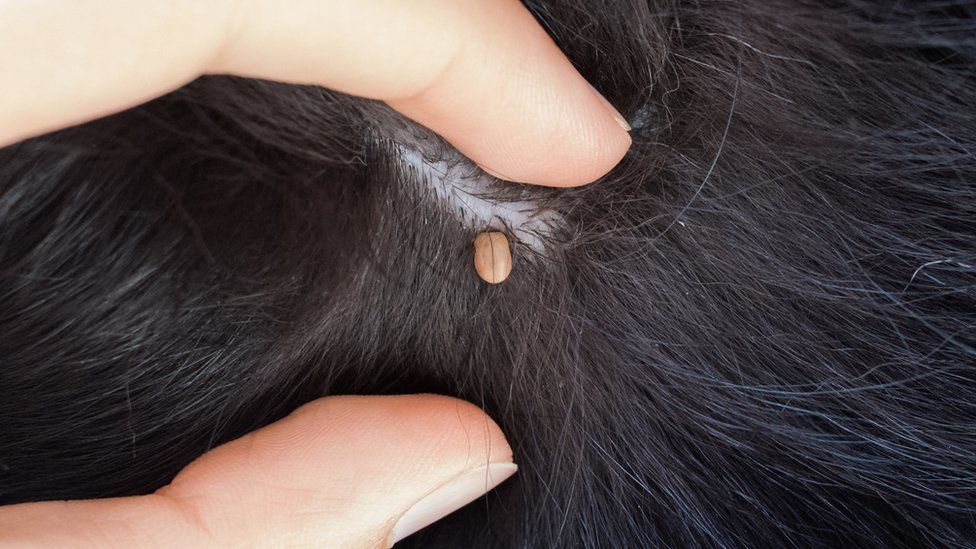Protecting Dogs from Ticks
In this text, we will explore the main aspects of tick disease in dogs, including its symptoms, diagnosis, treatment, and prevention measures.
Tick disease is caused by protozoa (in the case of babesiosis) or bacteria (in the case of ehrlichiosis) present in infected ticks. These parasites feed on the dog’s blood and can transmit these pathogens during feeding. Ticks can be found in wooded areas, grasslands, and tall vegetation.
The symptoms of tick disease can vary depending on the severity of the infection and the stage of the disease. Some common signs include:
- Persistent fever
- Lethargy and weakness
- Loss of appetite
- Weight loss
- Pale mucous membranes
- Enlarged lymph nodes
- Bruising or nosebleeds
- Difficulty breathing
- Lameness and joint pain
- Dark or bloody urine
Keep reading about: Protecting Dogs from Ticks
If you notice any of these symptoms in your dog, it is important to consult a veterinarian immediately. The diagnosis of tick disease involves a detailed clinical examination, the dog’s medical history, and specific laboratory tests such as blood tests, PCR (Polymerase Chain Reaction), and serological tests to detect the disease-causing agents.
The treatment of tick disease usually involves the use of specific medications to eliminate the pathogens present in the dog’s body. Depending on the severity of the infection, the treatment may include antibiotics, antiparasitic drugs, and supportive therapy such as fluid replacement and blood transfusions.
It is important to emphasize that tick disease can be serious and even fatal in advanced cases. Therefore, prevention is the best way to protect your dog from this disease. Stay vigilant for symptoms, adopt appropriate preventive measures, and seek veterinary assistance as soon as you detect any signs of tick infestation.
Always remember that the veterinarian is the best source of information and personalized guidance for your dog. Follow the professional’s recommendations, maintain good hygiene, and take care of your dog’s health to ensure a long and healthy life.
Read more about dogs, here!
Check the best feeder, here!




